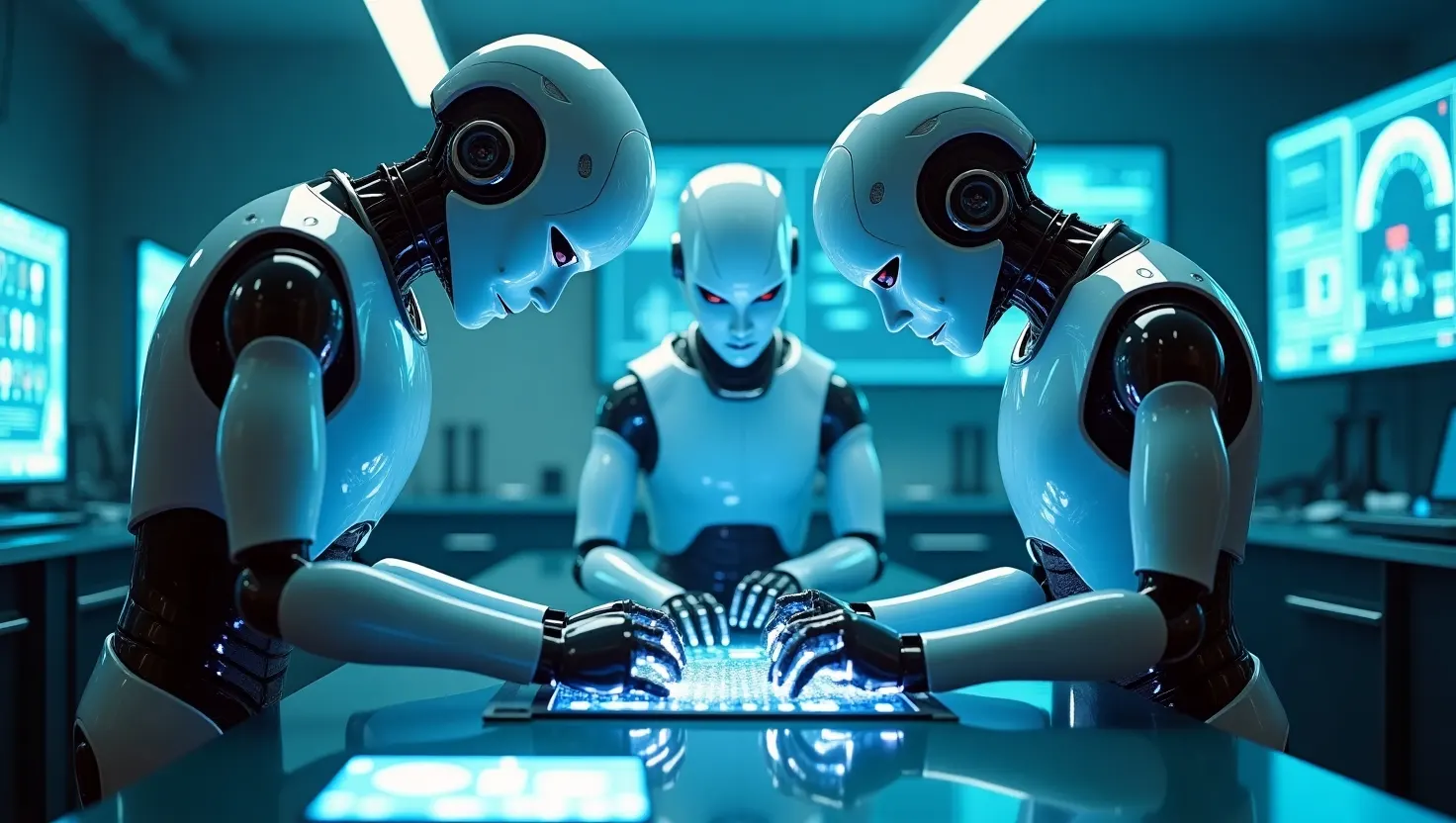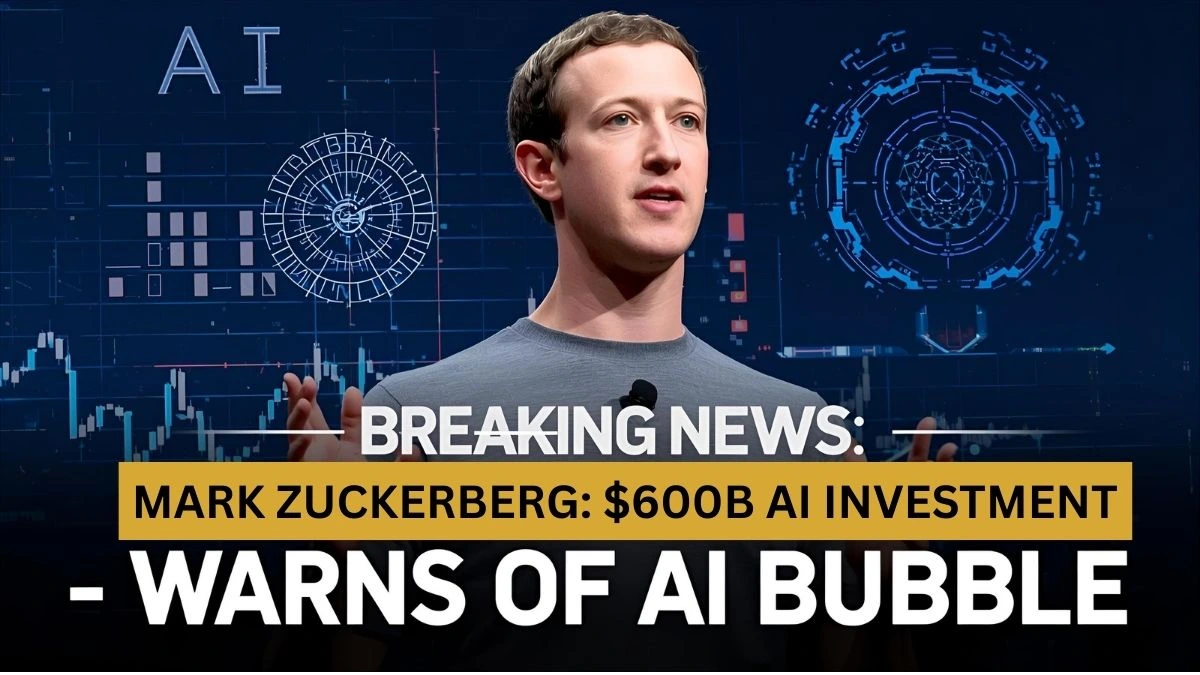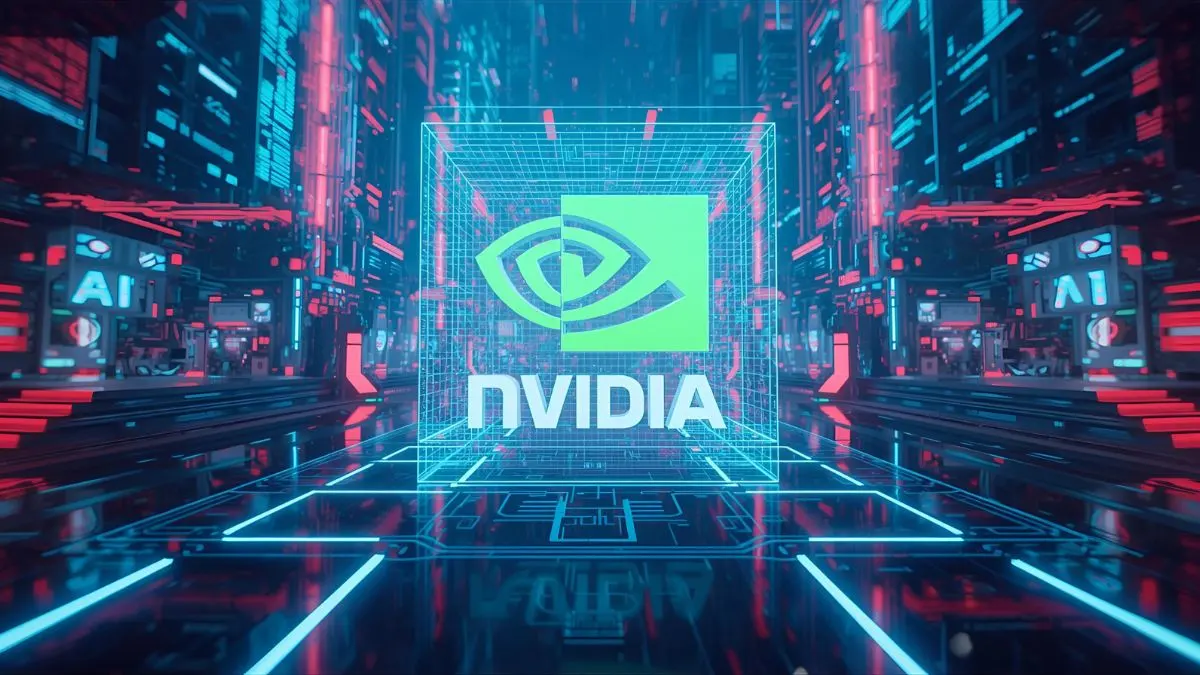Robotics startups have achieved an extraordinary milestone in 2025, securing $6 billion in venture capital funding during the first seven months alone. This unprecedented surge positions 2025 to potentially eclipse all previous investment records in the robotics sector, signaling a fundamental transformation in how investors perceive the commercial viability of robotic solutions.
The dramatic increase in robotics startup funding 2025 reflects what industry veterans describe as the sector’s “golden age”. According to Eclipse Ventures partner Seth Winterroth, this transformation began with Amazon’s strategic 2013 acquisition of Kiva Systems for $775 million, which effectively “launched 1,000 robotic startups” and created the essential talent pool that is now fueling today’s innovation boom.
The current funding explosion is driven by multiple converging factors beyond artificial intelligence advances. Hardware costs have plummeted dramatically over the past decade, with sensors now costing a fraction of their previous price. This cost reduction has democratized market entry, enabling startups to prototype and iterate rapidly without the prohibitive expenses that previously stifled growth.
Major Funding Rounds Demonstrate Investor Confidence
The scale of recent funding rounds illustrates unprecedented investor appetite for scalable robotics solutions. Figure AI secured $675 million in Series B funding at a $2.6 billion valuation, attracting backing from Microsoft, OpenAI, Nvidia, and Jeff Bezos. The company has since entered discussions for a potential $1.5 billion funding round that could value it at $39.5 billion—representing a staggering 15-fold increase from its 2024 valuation.
Apptronik raised $350 million in Series A funding, later expanding to $403 million total in an oversubscribed round co-led by B Capital and Capital Factory. The round included participation from Google, Mercedes-Benz, and Japan Post Capital, with the company reportedly valued at $5 billion in recent discussions. Apptronik focuses on its Apollo humanoid robot designed for industrial applications across manufacturing and logistics sectors.
Beyond humanoid robotics, specialized companies targeting specific verticals are commanding premium valuations. Genesis AI emerged from stealth with a $105 million seed round co-led by Eclipse and Khosla Ventures to develop a universal robotics foundation model. Gecko Robotics achieved unicorn status with a $125 million Series D, doubling its valuation to $1.25 billion. The Pittsburgh-based company develops AI-powered robots for infrastructure inspection across defense, energy, and manufacturing sectors.
Specialized Robotics Commands Premium Market Positions
The robotics startup funding 2025 landscape demonstrates a clear investor preference for companies targeting specific verticals with demonstrated market demand. Over $2.26 billion in global robotics funding was raised in Q1 2025 alone, with specialized robotics startups accounting for over 70% of this capital.
Investors are concentrating on sectors facing acute labor shortages where automation provides critical solutions. Manufacturing, warehousing, construction, and healthcare have emerged as primary focus areas where robots complement rather than replace human workers. As Bee Partners’ Kira Noodleman explained, in industries experiencing “burning labor shortages” and “aging populations,” even “imperfect robotics are better than nothing”.
The shift toward practical applications reflects market maturation beyond consumer-focused robotics. Companies demonstrating clear commercial traction in defined use cases are securing higher valuations and faster funding cycles compared to generalist platforms.
Read also: AI-Powered Budgeting: How Smart Apps are Revolutionizing Money Management in 2025
Global Competition Intensifies Investment Activity
The robotics funding boom extends well beyond the United States, with China positioning itself as a dominant force in humanoid robot production and investment. Chinese manufacturers are expected to produce over 30,000 humanoid units in 2025, representing a ten-fold increase from 2024’s total of 3,000 units sold globally.
China’s government has allocated $20 billion to the humanoid sector in the past year, while establishing a 1 trillion yuan ($138 billion) fund to support AI and robotic startups over the next two decades. Private investors have completed 314 investments in AI and robotics startups in the first five months of 2025, surpassing 2024’s entire year total of 273 deals.
Notable Chinese funding rounds include X Square Robot’s $100 million round led by Alibaba Cloud, bringing the company’s total funding to approximately $280 million across eight rounds since December 2023. UBTech Robotics secured a $1 billion credit line from Infini Capital to finance production expansion and establish manufacturing facilities in the Middle East.
Technology Convergence Drives Market Expansion
The dramatic increase in robotics startup funding 2025 coincides with significant technological convergence making robotic solutions more accessible and commercially viable. AI-native platforms command premium multiples, with early-stage AI robotics companies raising at median revenue multiples of 39.0x in recent Series A and B rounds.
Advanced sensor technology, improved compute capabilities, and enhanced battery systems have created what Cybernetix Ventures’ Fady Saad describes as “the perfect timing to start full-stack robotics solutions”. The integration of computer vision, reinforcement learning, and large language models into robotic workflows is securing higher valuations and accelerating funding cycles.
Goldman Sachs projects the addressable humanoid market will reach $38 billion by 2035, while Morgan Stanley Research estimates the broader humanoids market could surpass $5 trillion by 2050. These projections reflect growing recognition that robotics represents what industry leaders describe as “the largest market any of us will witness in our lifetime.”
Labor Shortage Crisis Accelerates Adoption
The robotics startup funding 2025 surge directly correlates with acute labor shortages across multiple industries. The construction sector alone needs over 500,000 additional workers to meet current demands, while manufacturing faces 2.1 million projected unfilled jobs by 2030.
Automation technologies are providing critical solutions to these workforce gaps. Construction robotics reduce workplace injuries by up to 70% while handling dangerous tasks, and cut project timelines by 60% and costs by 30% through consistent performance. In manufacturing, 70% of US workers believe robots can address factory labor shortages and help bring industrial jobs back to domestic production.
The construction robotics market reached $171.4 billion in 2024 and is projected to grow to $556.1 billion by 2033 at a 13.27% annual growth rate. This explosive growth reflects the industry’s recognition that robotics has evolved from experimental technology to essential workforce solutions.
Market Projections Signal Sustained Growth
Multiple research organizations project continued robust expansion in the robotics sector. The global robotics market is anticipated to reach $50.33 billion by 2030, growing at a compound annual growth rate of 29.2% from 2025’s projected $13.99 billion.
ABI Research forecasts the global robotics market will expand from $50 billion in 2025 to $111 billion by 2030, with nearly 13 million robots in circulation by decade’s end. Service robotics dominates revenue projections, generating 50% to 60% of total market revenue through 2030.
Industrial robotics continues showing strong growth trajectories, with projections reaching $162.7 billion by 2030, up from $87.1 billion in 2024. China maintains its position as the regional leader, accounting for 42% of industrial robot sales worldwide, while North America and developing economies are expected to increase market share.
Investment Strategy Shifts Toward Practical Solutions
The record-breaking robotics startup funding 2025 figures demonstrate a fundamental shift in investment strategy toward companies with proven commercial viability rather than experimental technologies. Robotics-as-a-Service (RaaS) business models are attracting particular attention, offering monthly recurring revenue that appeals to investors over traditional hardware sales approaches.
Venture capital firms are prioritizing startups that demonstrate clear return on investment with 18-month payback periods. This focus on practical outcomes has led to increased investment in manufacturing automation, healthcare robotics, and warehouse solutions that can scale rapidly with proven business models.
The emphasis on vertical solutions targeting specific industries reflects investor confidence in companies that deeply understand their market segments rather than attempting to address broad, generalized applications. This strategic focus is contributing to the higher valuations and larger funding rounds characterizing the current investment environment.










